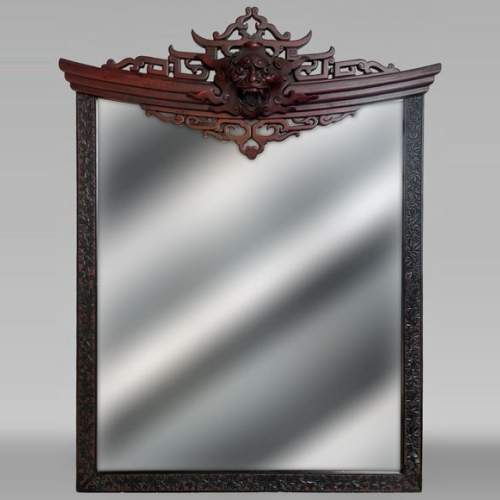Your selection is currently empty.
Here are the latest objects in our stock:
Dimensions:
Width: 128
Height: 163
Dimensions:
Width: 102
Height: 145
Depth: 6
Dimensions:
Width: 18
Height: 60
Depth: 17
Dimensions:
Width: 144
Height: 107
Depth: 36
Inner width: 107
Inner height: 89
Dimensions:
Width: 121
Height: 104
Depth: 37
Inner width: 82
Inner height: 87
Dimensions:
Width: 134
Height: 107
Depth: 37
Inner width: 95
Inner height: 89
Dimensions:
Width: 114
Height: 99
Depth: 35
Inner width: 78
Inner height: 85
Dimensions:
Width: 125
Height: 109
Depth: 39
Inner width: 85
Inner height: 92
Dimensions:
Width: 154
Height: 110
Depth: 41
Inner width: 106
Inner height: 91
Dimensions:
Width: 129
Height: 105
Depth: 32
Inner width: 97
Inner height: 84












